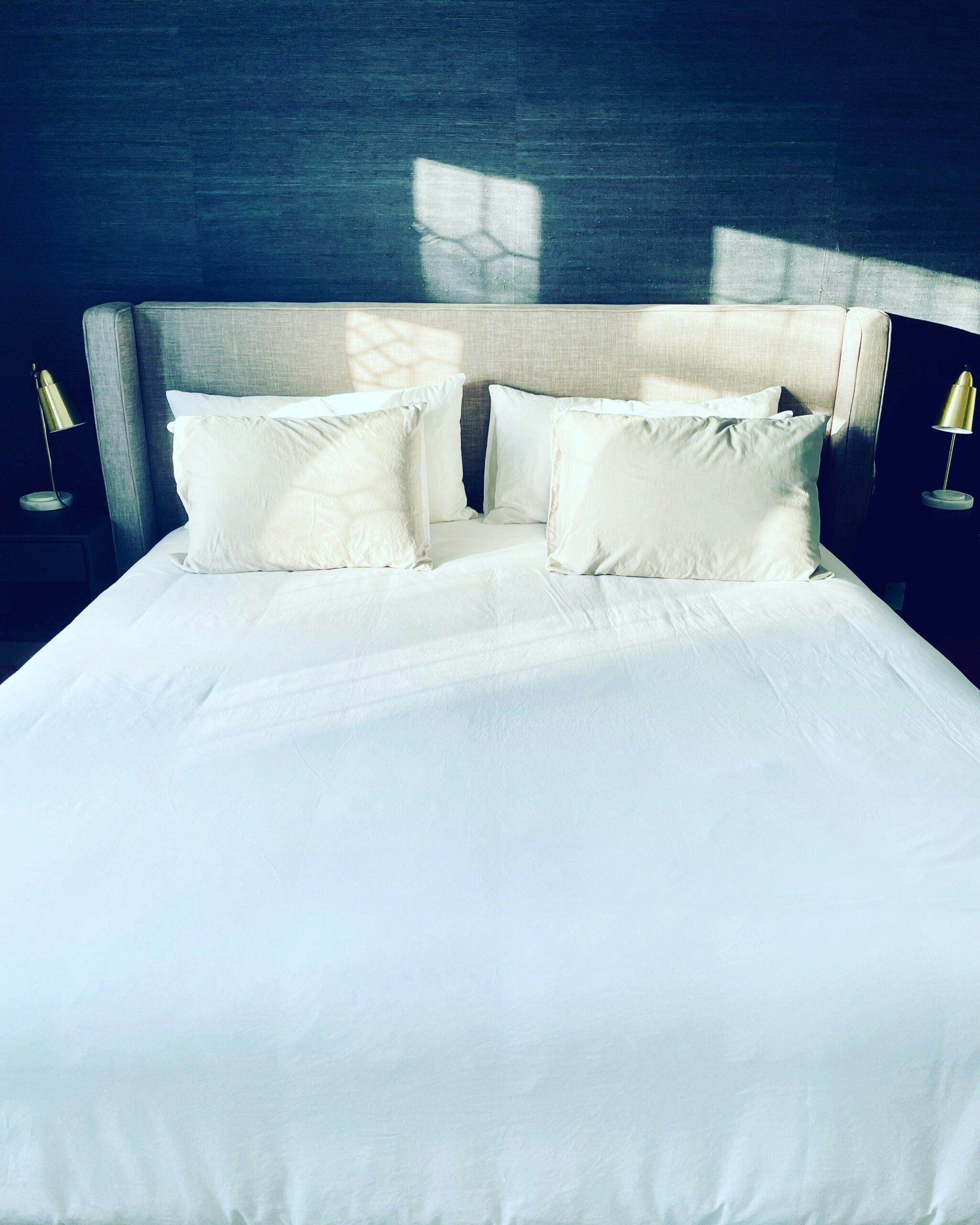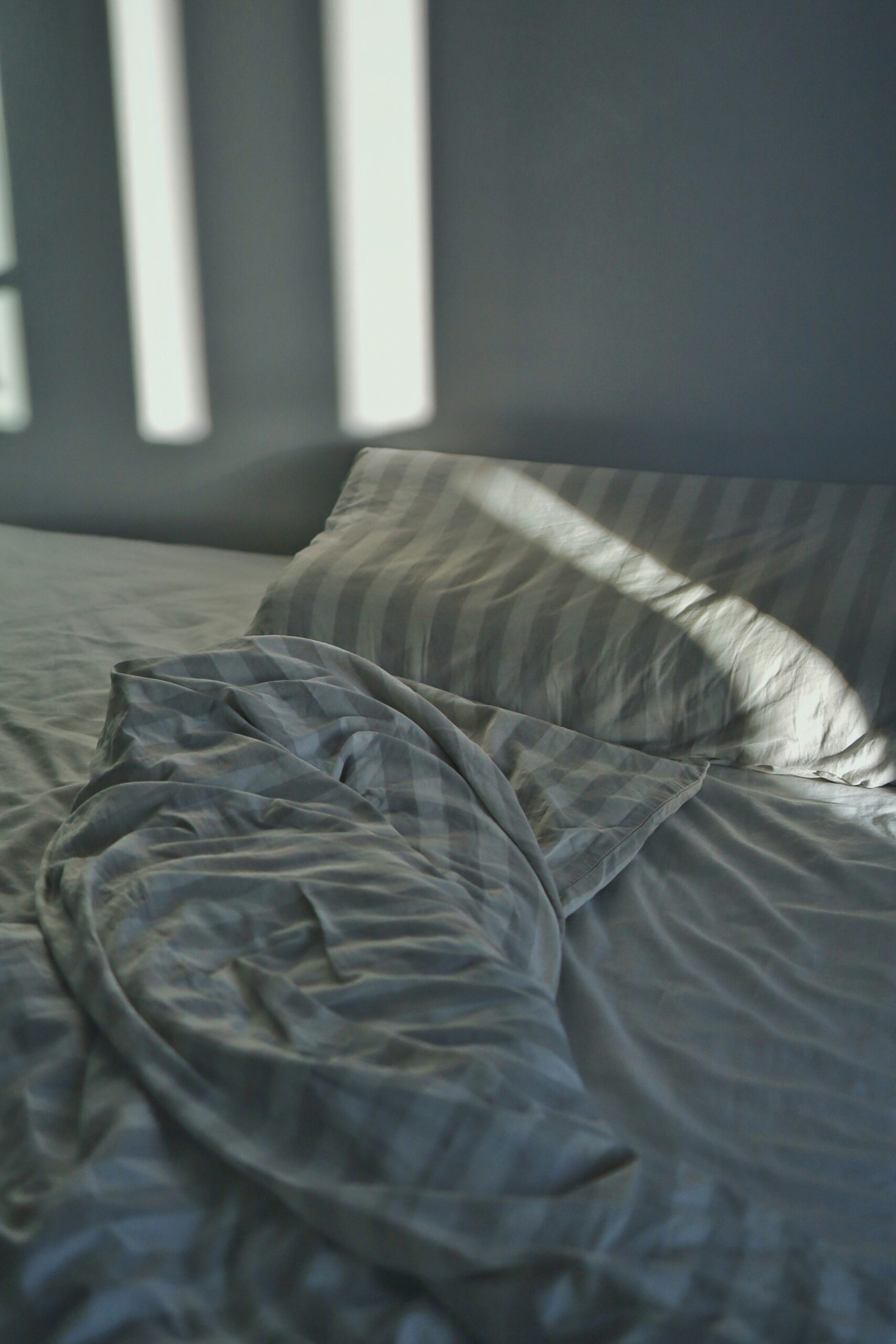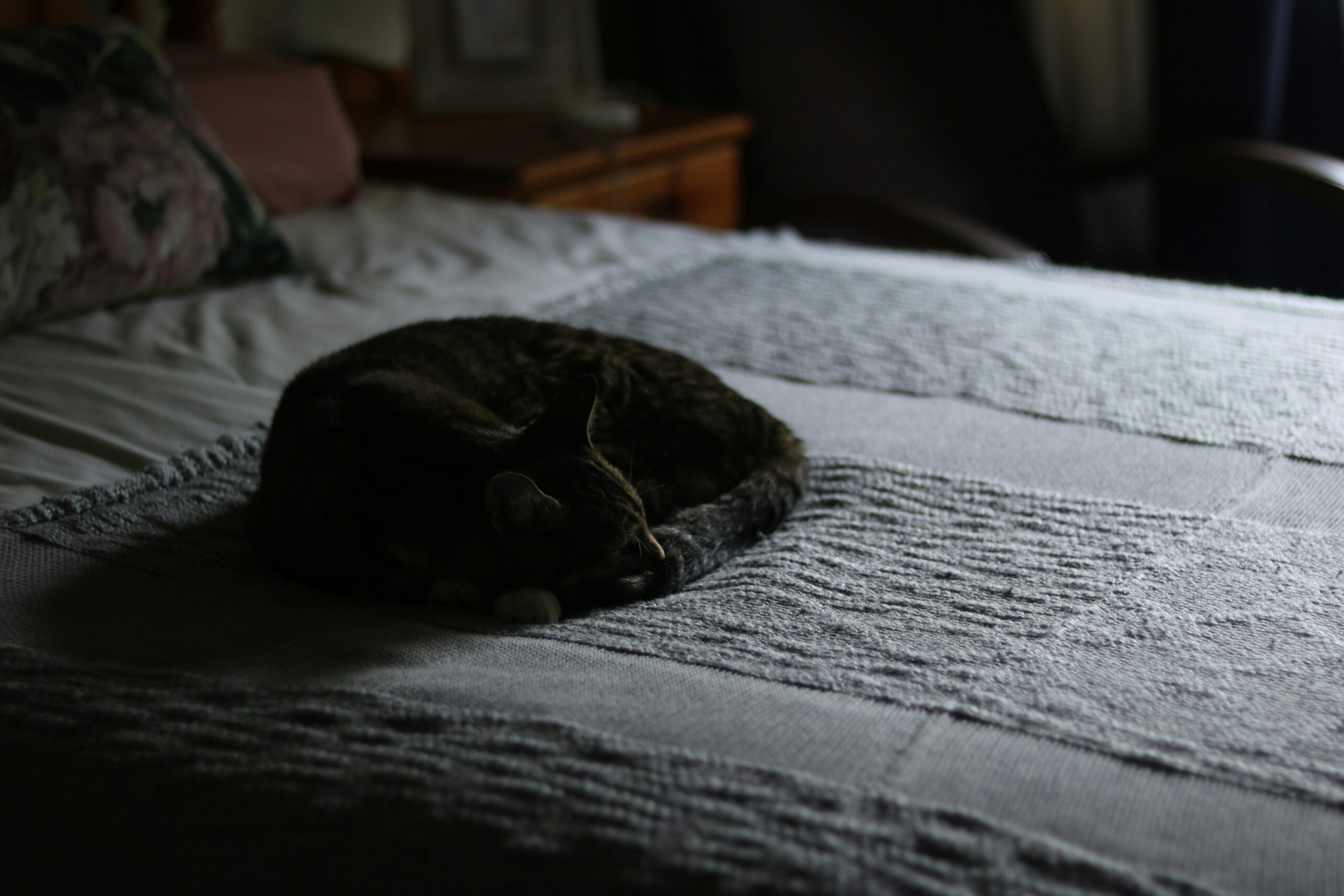Have you ever wondered whether Murphy beds come in a horizontal wall design and what that would mean for your space?

Are There Any Murphy Beds Available With A Horizontal Wall Design?
You’ll be glad to know that yes, horizontal Murphy beds (also called horizontal wall beds or sideways Murphy beds) are available. This article explains what a horizontal wall design is, how it differs from the more common vertical Murphy bed, and everything you should know before choosing one for your home. You’ll get guidance on sizes, mechanisms, installation, pros and cons, mattress selection, cost ranges, design options, and where to buy or customize a horizontal Murphy bed.
What is a horizontal Murphy bed?
A horizontal Murphy bed is a wall bed that folds into a cabinet with the mattress oriented so the head and feet are along the long wall rather than the short wall. When folded up, the bed’s length runs horizontally across the wall, so the cabinet is wider and shorter compared to a vertical design.
You’ll notice the footprint and the look differ from a vertical wall bed. Horizontal beds are particularly useful in rooms where the ceiling height is limited but wall width is available.
How does it differ from a vertical Murphy bed?
The orientation of the mattress and cabinet is the main difference. Vertical Murphy beds stand upright against the wall when stowed, taking up more height but less width. Horizontal Murphy beds lie sideways in the cabinet, taking up more width and less height.
This orientation affects room layout, clearance needs, headboard placement, and how the bed integrates with other furniture. You’ll want to weigh these differences against your room constraints and lifestyle.
Why choose a horizontal Murphy bed?
You should consider a horizontal Murphy bed if your room has low ceilings, unusual proportions, or if you prefer a wider cabinet that can include shelving or integrated furniture. Horizontal designs can make it easier to match a bed with sofas, desks, or entertainment centers.
Horizontal wall beds also allow you to position the bed’s head where you want it relative to windows, doors, or other furniture. If you frequently use the room for tasks that require vertical wall space, a horizontal cabinet preserves usable wall height.
Typical use-cases that suit horizontal beds
- Rooms with lower ceilings where a vertical cabinet would not fit.
- Wide rooms where wall length is abundant but height is restricted.
- Rooms where you want to integrate shelving or a long desk above or beside the bed.
- Spaces where you want the bed head positioned under an existing window or at a specific wall location.
You’ll find horizontal beds commonly used in guest rooms, home offices that double as a bedroom, and apartments where layout flexibility matters.
Common sizes and dimensions
Selecting the right size and checking dimensions is crucial. Below is a general guide to mattress sizes and approximate cabinet dimensions for horizontal Murphy beds. Remember that manufacturer specifications vary, and custom beds can be tailored.
| Mattress Size | Typical Mattress Dimensions (in) | Typical Horizontal Cabinet Width (in) | Typical Cabinet Height (in) | Notes |
|---|---|---|---|---|
| Twin | 38 x 75 | 80–90 | 52–60 | Narrowest option; useful in tight rooms |
| Twin XL | 38 x 80 | 85–95 | 52–60 | Slightly longer for tall sleepers |
| Full (Double) | 54 x 75 | 100–110 | 58–62 | Good for single sleepers who want more width |
| Queen | 60 x 80 | 110–120 | 58–64 | Most popular for adults; often available |
| King | 76 x 80 | 126–140 | 58–66 | May need reinforced mechanism and more wall support |
You should measure your room and account for cabinet depth, mattress thickness, and clearance from adjacent furniture. Horizontal cabinets are wider, so check door swing and walking paths.
Clearance and mattress thickness
You’ll need enough room depth (from the wall) to accommodate the mattress thickness when the bed is both stowed and deployed. Typical depth ranges from 14–20 inches for the cabinet, plus mattress thickness. Many horizontal beds are designed for mattress thicknesses between 6 and 12 inches, but some mechanisms support thicker models if engineered properly.
You’ll want to avoid excessive mattress thickness, because overly thick mattresses can reduce stability and make the cabinet bulkier when stowed.
Mechanisms and hardware
You should understand the mechanisms before buying or installing. Horizontal Murphy beds use similar hardware to vertical models but oriented differently. Common mechanisms include piston springs, torque mechanisms, and constant-force springs. These control the motion when lowering and raising the bed.
- Piston or gas springs: Provide smooth, controlled motion and are common in high-end models.
- Counterbalance springs: Use mechanical springs and may require occasional adjustment.
- Electric actuators: Offer push-button operation and are especially useful for heavier king-size units.
You’ll want a mechanism rated for your mattress weight and size. Quality hardware affects safety, durability, and user experience.
Weight capacity and safety features
Check the weight capacity of the mechanism and cabinet. Standard ratings often range from 300–800+ pounds depending on size and build quality. Make sure the mechanism matches the total weight of mattress, bedding, and any integrated features like tabletops or shelving.
Safety features to look for:
- Locking pins or latches that secure the bed when stowed.
- Soft-close or damping mechanisms to prevent sudden drops.
- Safety legs or supports that automatically deploy and lock when the bed is down.
- Clear manufacturer installation instructions and wall anchoring requirements.
You should never skimp on hardware quality or choose a mechanism that doesn’t match your mattress and usage.

Installation considerations
Installing a horizontal Murphy bed is straightforward if you’re handy, but many people prefer professional installation because it requires secure anchoring to the wall studs and precise alignment. Here’s what you should consider and the typical steps involved.
Site preparation and measurements
You must measure your wall width, ceiling height, and floor clearance carefully. Ensure the wall has studs or a solid structural surface for anchoring. Consider adjacent doors, windows, vents, baseboards, and electrical outlets.
- Measure the wall width twice and mark the studs.
- Measure from floor to ceiling and the desired headboard position.
- Account for molding and baseboards; you may need to remove or modify them.
If you’re not confident in your measurements, ask the manufacturer for a site visit or hire an installer.
Typical installation steps
- Unpack and inventory parts to ensure you have all components.
- Assemble the cabinet base and frame on the floor.
- Mount the mechanism inside the cabinet following manufacturer templates.
- Secure the cabinet to wall studs with lag bolts or heavy-duty anchors.
- Attach the bed frame, mattress platform, and safety legs.
- Test the operation repeatedly, making adjustments to springs or pistons.
- Install finishing trim and integrate shelving or doors if applicable.
You’ll want at least two people for assembly because panels and the bed frame can be heavy and awkward to maneuver.
Pros and cons of horizontal Murphy beds
Comparing benefits and drawbacks helps you decide whether a horizontal wall bed fits your needs. Below is a compact comparison to make it easier.
| Pros | Cons |
|---|---|
| Lower cabinet height fits rooms with limited ceiling height | Wider cabinet consumes more horizontal wall space |
| Easier to position head of bed relative to windows/doors | May limit wall use due to width |
| Can integrate long shelving, desks, or cabinets above or beside | Larger cabinet might obstruct room flow or furniture placement |
| Operates well with standard mattresses and box springs in many designs | Fewer ready-made options compared to vertical beds in some markets |
| Attractive for modern and minimalist designs | Custom models can be more expensive |
You should weigh these factors according to your room layout and how you plan to use the area when the bed is stowed.

Mattress, bedding, and comfort
Your mattress choice is important for comfort and for the bed mechanism. Horizontal Murphy beds can use many mattress types, but you should pick one compatible with the mechanism and cabinet depth.
Recommended mattress types
- Memory foam: Lightweight and flexible; often best for Murphy beds due to low profile.
- Latex foam: Durable and comfortable, with varying thickness options.
- Innerspring: Can be used if low to medium profile; pocket-coil thinner models work best.
- Hybrid: Combines foam and coils; choose a profile that fits cabinet depth.
You should avoid very thick pillow-top mattresses unless the bed is engineered to handle them. Typical ideal mattress thickness is 8–10 inches for comfort and mechanism compatibility.
Bedding tips
When the bed is folded up frequently you’ll want bedding that stays tidy. Consider:
- Using fitted sheets and light comforters that fold compactly.
- Choosing quilts or duvets instead of bulky comforters.
- Using storage drawers or a top-of-cabinet shelf for spare pillows and linens.
Removing heavy bedding when folding the bed can extend mechanism life and reduce strain.
Design options and integration
You’ll find many design possibilities to integrate a horizontal Murphy bed into your décor.
Built-in shelving and desks
You can have shelving run above or beside the bed cabinet, or integrate a desk that remains in use when the bed is stowed. Horizontal beds are well-suited for long desks or bookcases across the wall.
You should ensure that integrated furniture doesn’t interfere with bed operation—clearance and mechanical tolerances must be respected.
Sofa beds and hybrid furniture
Some manufacturers offer horizontal Murphy beds combined with a sofa or seating unit that folds down with the bed. This is ideal for multipurpose rooms, as you can keep seating available when the bed is stowed.
You’ll want to ensure sofa cushions don’t impede the bed’s ability to stow compactly.
Exterior finishes and styling
Cabinet finishes range from painted MDF and laminate to solid wood veneers. You can choose colors that match your décor or opt for a statement piece that conceals the bed as cabinetry.
If you prefer modern minimalism, a plain panel can conceal the bed. For a traditional look, add crown molding and a decorative facade.

Custom vs. pre-made
You’ll need to decide whether to buy a pre-made horizontal Murphy bed kit or invest in a custom built-in.
- Pre-made kits: Often less expensive, faster delivery, and come with hardware. You’ll find several models in twin, full, and queen sizes. Kits require careful measurement and possibly professional installation.
- Custom built-ins: Tailored to your exact wall, finish, and integration needs. Ideal for unusual dimensions or high-end finishes, but more costly and generally with longer lead times.
You should request 3D renderings or shop drawings for custom work so you can visualize how the bed will sit in your room.
Cost and budget considerations
Prices vary widely based on size, mechanism, materials, finish, and custom work. Here’s a rough range to guide you.
| Product Type | Typical Price Range (USD) |
|---|---|
| Basic kit (twin/full) | $600 – $1,500 |
| Mid-range kit (queen) | $1,200 – $3,000 |
| Premium kit with gas springs | $2,000 – $5,000 |
| Custom built-in (materials + install) | $4,000 – $12,000+ |
| Electric actuator systems | Add $500 – $2,000 |
You should factor in installation cost (if you hire a pro), mattress purchase, and any custom cabinetry work. Shipping for large cabinets can also add to the expense.

Where to buy horizontal Murphy beds
Several manufacturers and retailers offer horizontal wall beds, either as standard products or custom pieces. Depending on your location you can find them at specialty furniture stores, cabinetry shops, online retailers, and local custom carpenters.
Popular sources you might consider:
- Specialist wall-bed brands (search for “horizontal wall bed” or “sideways wall bed”).
- Custom cabinetry shops and local millworkers.
- Some web-based retailers that ship flat-pack kits.
- High-end furniture makers who design bespoke multi-functional furniture.
You should read reviews, request references for installers, and ask for warranty information before committing.
Installation safety checklist
Before and during installation you should verify these points to ensure safety and longevity.
- Confirm wall studs or structural backing are in place where cabinet will be anchored.
- Ensure the mechanism’s weight rating covers mattress and bedding weight.
- Use appropriate fasteners (lag bolts, toggle bolts for masonry) as recommended.
- Verify that safety legs and locks are functioning and engaged.
- Check for any electrical or plumbing behind the wall before drilling.
- Test the mechanism several times without load, then with mattress and bedding.
- Follow local building codes if you’re modifying structural elements.
If any part of the process makes you uncomfortable, hire a licensed professional installer.
Maintenance and troubleshooting
Maintaining your horizontal Murphy bed will keep it operating smoothly for years.
Routine maintenance
- Inspect hardware, bolts, and wall anchors every 6 months.
- Lubricate moving parts if manufacturer recommends (some gas springs should not be lubricated).
- Tighten loose screws or fasteners.
- Verify locking mechanisms and safety legs work properly.
- Replace worn or weakened springs or pistons promptly.
Common issues and fixes
- Squeaking: Tighten fasteners and add lubricant to pivot points if recommended.
- Difficulty raising/lowering: Check for obstruction, worn springs, or misalignment; consult manufacturer for spring adjustment.
- Uneven operation: Inspect mechanism mounting points and adjust or re-anchor as needed.
- Cabinet rub or scrape: Adjust door stoppers or add felt padding.
Always use manufacturer-approved parts for repairs.
Design and styling ideas
You can make the horizontal Murphy bed a seamless part of your decor.
- Camouflage: Use full-height cabinet doors and matching trim to hide the bed.
- Accent wall: Paint or wallpaper the cabinet face for visual interest.
- Built-in seating: Flank the bed with benches that double as storage.
- Gallery display: Integrate open shelving above the bed for books or decor.
- Convertible desk: Add a fold-down desk that remains usable when bed is stowed.
Each option should respect the mechanical clearances and user comfort.
Comparison: Horizontal vs Vertical Murphy beds
A side-by-side comparison can help you decide which orientation fits your needs.
| Feature | Horizontal Murphy Bed | Vertical Murphy Bed |
|---|---|---|
| Wall height needed | Lower; better for low ceilings | Requires more vertical space |
| Wall width needed | Wider cabinet uses more horizontal space | Narrower cabinet |
| Head position flexibility | More flexible relative to windows/doors | Less flexible due to vertical orientation |
| Integration with long furniture | Better for desks and shelving | Better for tall cabinets |
| Availability | Less common; fewer standard models | More common; many standard options |
| Installation complexity | Similar complexity; cabinet wider | Similar complexity; cabinet taller |
You should base your choice on room dimensions, intended use, and availability in your market.
Frequently asked questions (FAQ)
Can a horizontal Murphy bed fit in a small studio apartment?
Yes — if your ceiling height is limited but you have adequate wall width, a horizontal Murphy bed can be an excellent solution. Measure carefully and consider the bed’s deployed length.
Are horizontal Murphy beds safe for children?
They can be safe if properly installed and maintained. Ensure the hardware includes safety locks and that children are supervised when using the bed. Consider models with soft-close mechanisms.
Can I use a standard mattress?
Often yes, but you should select a mattress of appropriate thickness (commonly 8–10 inches). Confirm the manufacturer’s recommendations for mattress type and maximum thickness.
Is professional installation necessary?
Not always, but recommended. Securing the bed to wall studs and adjusting the mechanism demands precision and safe anchoring. Hiring a professional reduces risk.
Are horizontal Murphy beds more expensive than vertical ones?
Prices vary, but horizontal models might be slightly more expensive in some markets due to lower production volume and fewer standard options. Customization further increases cost.
Final checklist before buying
Use this checklist to make the right decision:
- Measure room height, width, and depth twice.
- Confirm wall stud location and structural support.
- Choose mattress type and thickness within manufacturer specs.
- Verify mechanism weight capacity and warranty.
- Decide between standard kit or custom build.
- Plan for installation (DIY or professional).
- Check finish, trim, and integration options.
- Budget for price, installation, mattress, and shipping.
Following this checklist helps ensure the bed will suit your space and perform well.
Conclusion
You can definitely find Murphy beds available with a horizontal wall design, and they offer unique advantages for rooms with low ceilings, wide walls, or specific layout needs. By considering sizes, mechanisms, mattress compatibility, installation requirements, and design integration, you’ll be able to choose a solution that blends functionality with your style. Whether you pick a pre-made kit or commission a custom built-in, measure carefully and prioritize safety and quality hardware so your horizontal Murphy bed becomes a practical and comfortable addition to your home.
If you’d like, you can tell me your room dimensions and preferred mattress size and I’ll help you narrow down options and suggest specific models or configurations that would work best for your layout.


